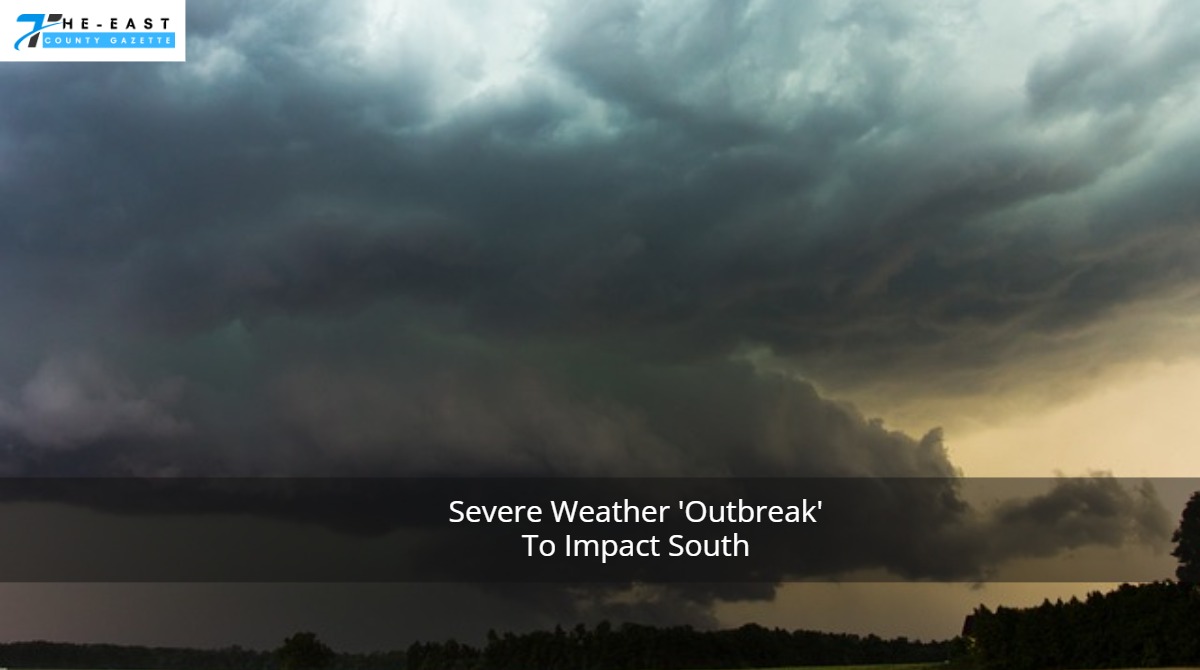As tired travelers make their way home after their Thanksgiving vacation, a powerful storm system coming into the Pacific Northwest is expected to produce severe weather ranging from heavy winds and rain to a few tornadoes in the South.

It is projected that severe thunderstorms will impact about 25 million people later on Tuesday in the south-central United States. Parts of northeastern Texas, northwestern Louisiana, and central and eastern Arkansas are likely to be affected initially by the system.
The Mississippi Valley could experience “severe storms with a possibility for powerful tornadoes, wind damage, and some hail Tuesday,” according to the National Weather Service.
The weather service posted on Twitter that “a large severe-weather event appears likely across parts of this region.”
As heavy and persistent rain had already blanketed sections of Texas, Louisiana, and Arkansas Thursday afternoon, it was anticipated that the storm would affect Thanksgiving and Black Friday plans. During the holiday weekend, however, there were no reports of substantial travel delays.
There were less than 70 cancelled flights on Saturday inside, into, or out of the United States.

Gregg Gallina, a meteorologist with the National Weather Service, said that the storm system was “quite robust and usual for this time of year.”
Supercells and an “enhanced risk” of severe storms are likely late Tuesday along the Mississippi River, according to Gallina.
According to the weather service, the storm will move across the middle of the Mississippi Valley and into the Northeast on Sunday.
High winds are expected to be produced by the same storm from the Midwest to the Northeast. According to Gallina, the system is likely to develop Tuesday morning and proceed into Kansas while bringing snow to the north. It will then hit the Great Lakes region on Wednesday.
According to AccuWeather, the colder air may result in significant travel delays in some parts of the Midwest and Northeast due to snow and freeze-up.
The hazards of the two-day storm on Tuesday include potential power disruptions and property damage because of severe wind gusts. 50 to 70 mph wind gusts are possible, with a top speed of 75 mph.
According to the weather service, the powerful cyclone also brought snow to western Texas and eastern New Mexico, where it persisted through Saturday morning. The Cascade Range and northern Rocky Mountains will experience substantial snowfall Sunday and Monday due to a storm heading into the Pacific Northwest and a potent cold front.

